Free Courses Sale ends Soon, Get It Now


Free Courses Sale ends Soon, Get It Now


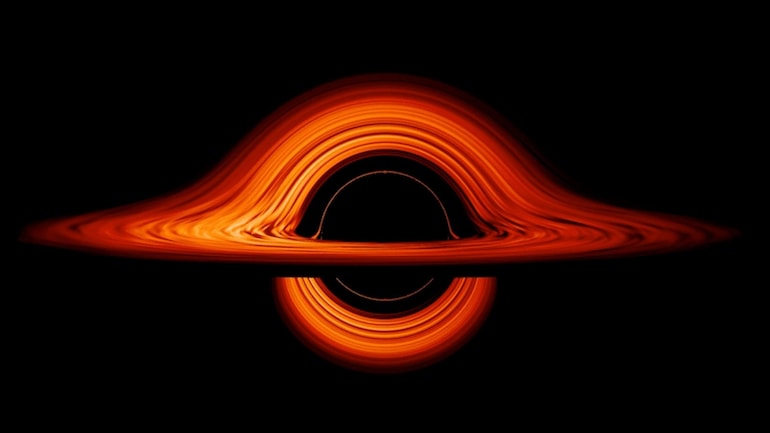
Disclaimer: Copyright infringement not intended.
Context
Details
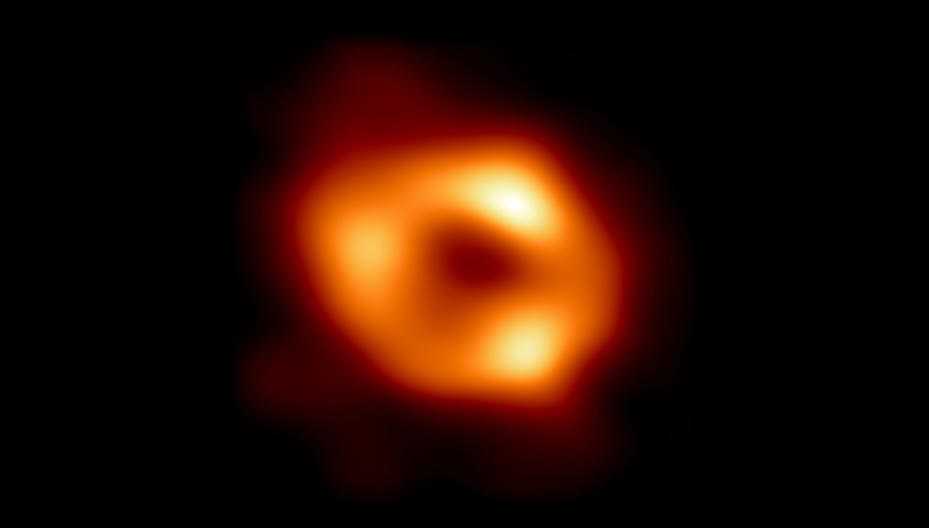
What is a Black Hole?
How Do Black Holes Form?
If Black Holes Are "Black," How Do Scientists Know They Are There?
Could a Black Hole Destroy Earth?
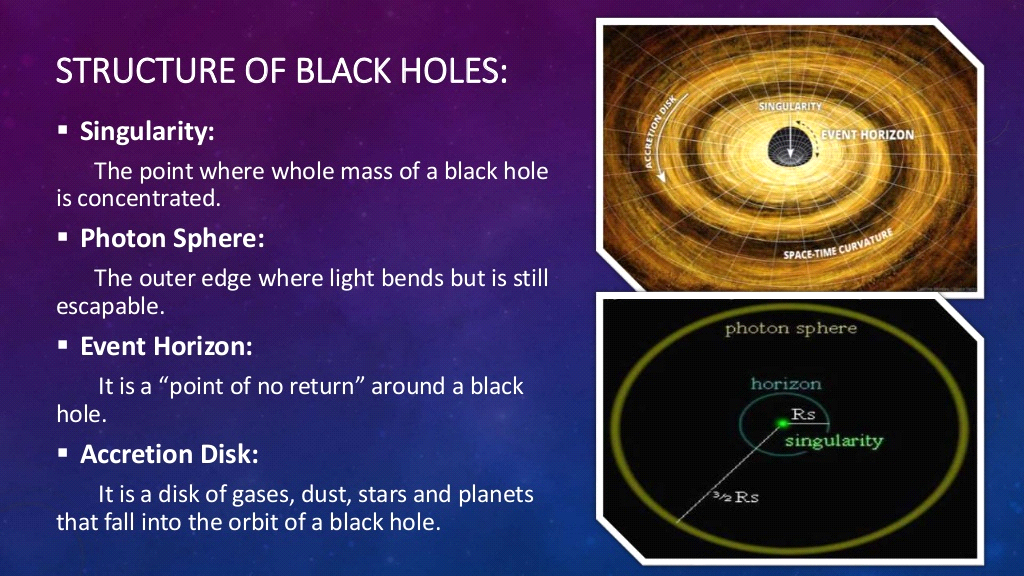
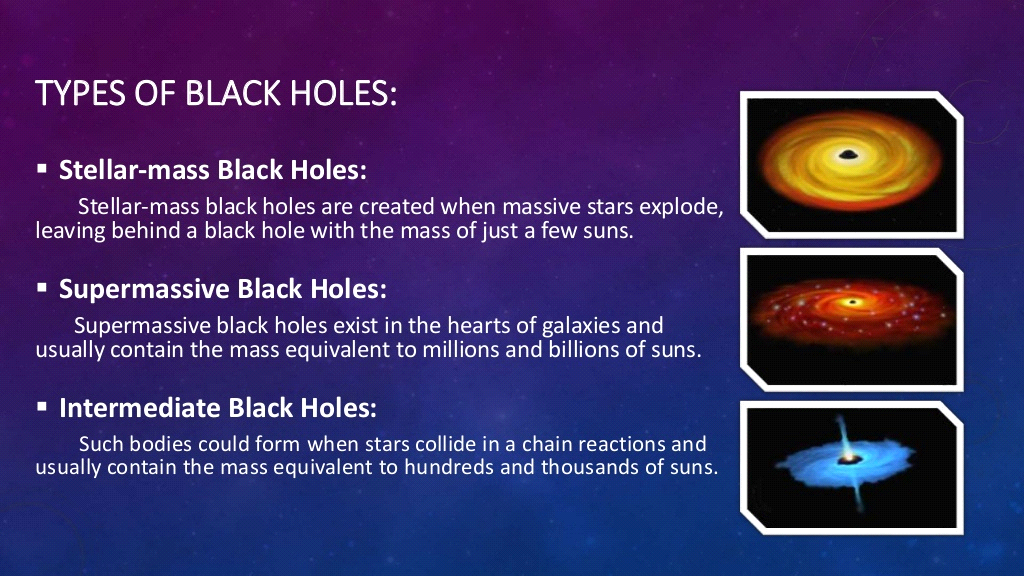
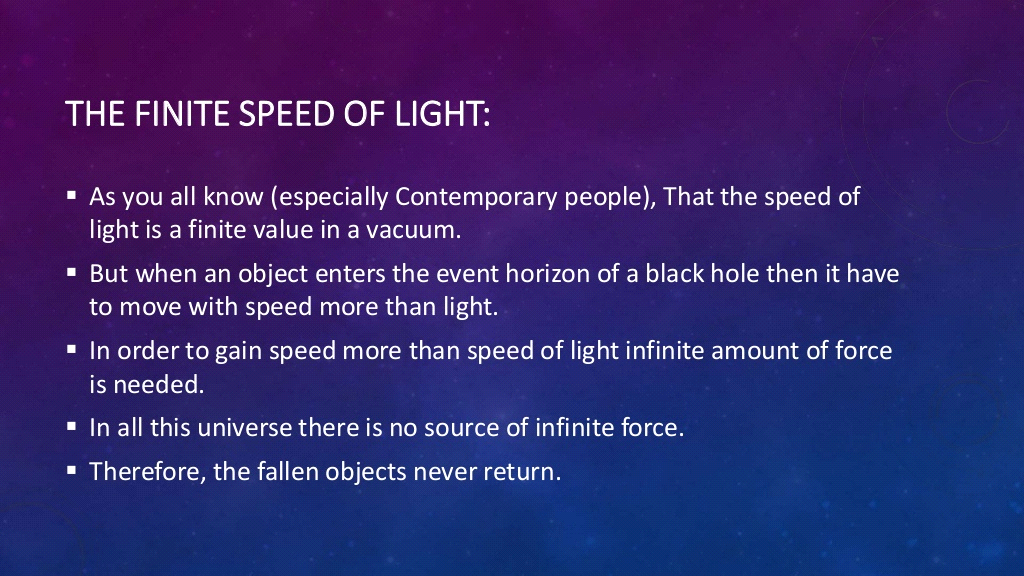
|
AGN An active galactic nucleus (AGN) is a compact region at the center of a galaxy that has a much-higher-than-normal luminosity over at least some portion of the electromagnetic spectrum with characteristics indicating that the luminosity is not produced by stars. Such excess non-stellar emission has been observed in the radio, microwave, infrared, optical, ultra-violet, X-ray and gamma ray wavebands. A galaxy hosting an AGN is called an "active galaxy". The non-stellar radiation from an AGN is theorized to result from the accretion of matter by a supermassive black hole at the center of its host galaxy. Active galactic nuclei are the most luminous persistent sources of electromagnetic radiation in the universe, and as such can be used as a means of discovering distant objects. The observed characteristics of an AGN depend on several properties such as the mass of the central black hole, the rate of gas accretion onto the black hole, the orientation of the accretion disk, the degree of obscuration of the nucleus by dust, and presence or absence of jets. Numerous subclasses of AGN have been defined based on their observed characteristics; the most powerful AGN are classified as quasars. A blazar is an AGN with a jet pointed toward the Earth, in which radiation from the jet is enhanced by relativistic beaming. |
Blazar
Super Massive Black Hole (SMBH)
Magnetar
Pulsar
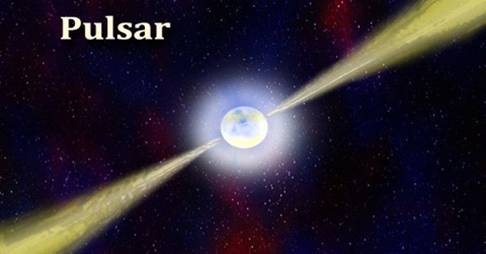
Quasar
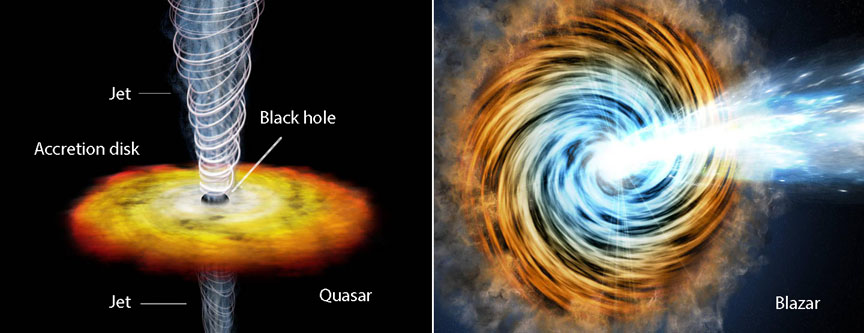
Radio Galaxies
https://epaper.thehindu.com/Home/ShareArticle?OrgId=G1M9QC3DJ.1&imageview=0
© 2024 iasgyan. All right reserved